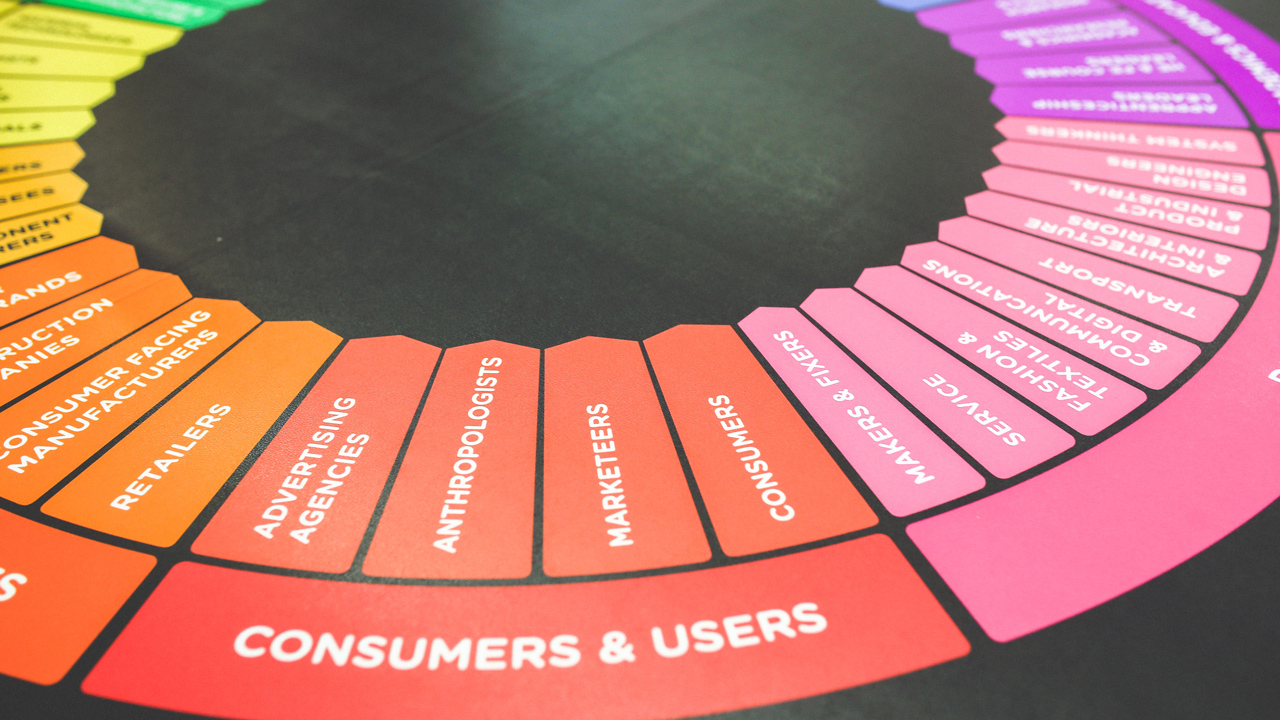In 1960 Edmund Jerome McCarthy came up with the 4 P’s marketing mix concept in his book Basic Marketing: A Managerial Approach. These are controllable variables that affect customer motivation and behavior. These first four established a framework still used by many marketed today:
Product — What we provide to our customers. The goods, the services, and everything in between. Here we need to consider everything that makes up our product or product range, from the core benefits to the add-ons and variations. Be aware that there are very few products that are purely goods or purely services.
Price — The cost of the service that the customer must pay. This is a critical factor for buyers to consider based on other service providers in the industry. The organization would have to study the optimal pricing of their service based on value to the customer. Within its industry, the company looks at the following to determine their pricing strategy:
- Competitor’s reputation
- Low-cost service provider
- High-cost service providers
- Number of players in the industry
Place — This is the business’s physical or virtual address where your customers can buy your products and interact with your employees and representatives.
Promotion — All of the methods to get your business noticed by prospects and buyers. These methods include advertising, trade promotions, PR, direct marketing, word of mouth, websites, etc.
Expanding the 4 P’s
This framework was adequate for the time, but it was focused mainly on products. In the late 70’s it was widely acknowledged by Marketers that the Marketing Mix should be updated. As the economy developed and more service-based businesses began to rise, the 4 Ps’ marketing framework got an update in 1981 from Booms and Bitner. Three additional Ps allow for an extended Marketing Mix to include services and not just physical things.
People — Everybody involved in delivering goods and services to customers such as employees, contractors, and consultants. Particularly important for services, as people are the most critical factor in providing knowledge-based services. You need to recruit the right people into your organization that would fit your corporate culture and who can add value to your organization. You need to make sure that you have a good strategy to compete with other innovative companies in your industry to acquire talent.
Processes — The steps which are required to deliver products and services to a customer. Again, particularly important for services as one of the advantages for service delivery companies is they design process maps that outline the:
- Function
- Activities
- Processes
- Tasks
These companies will then be able to share these process maps for their employees to make sure that their work is repeatable and successful.
Physical Evidence — A combination of the environment and branding where the goods or services are provided to a customer by a representative. The physical evidence of business includes:
- A service brochure
- Invoices and bills
- Social media accounts
- Website
- Employee uniforms
- Promotional products
- Other unique deliverables from your organization.
These are all bits of “evidence” that we give a customer to help overcome the intangible nature of services. These give them a true appreciation of the value of the service being provided.
Though in place since the 1980s, the 7 Ps are still widely taught due to their fundamental logic and marketers’ abilities to adapt the Marketing Mix to changes in communications needs and expectations in a constantly changing commercial environment.
Is There an 8th P?
In some spheres of thinking, there are 8 Ps in the Marketing Mix. The final P is Productivity and Quality.
Productivity & Quality – Is what you’re offering your customer good quality?” This is less about you as a business improving your own productivity for cost management, and how your company passes this onto its customers. Think about it as how you go about improving your products or services, and the value your customers will gain from those improvements.
Even after 40 years (or 60 in the case of the original P’s), the Marketing Mix is still very much applicable to a marketer’s day to day work. A good marketer will learn to adapt the theory to fit modern times and their own business model.
If you would like help ensuring your own company uses the Marketing Mix to it’s fullest, reach out to us, and we’ll review what you’re doing to market your business now.




